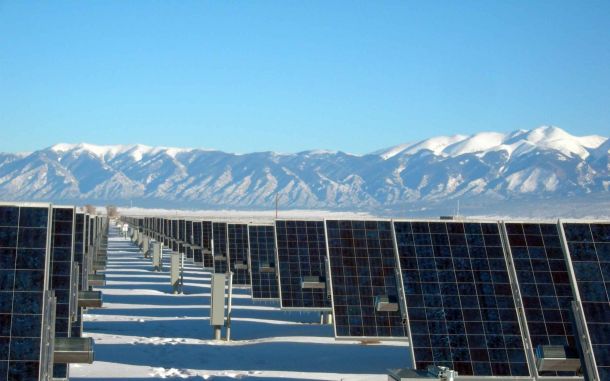Coal
As of January 1, 2008, the DRB was estimated to contain 489 billion short tons (a short ton is a unit of weight equal to 2,000 pounds). The U.S. uses just over a billion short tons of coal each year. As of January 1, 2008, the U.S.A. DRB was estimated to contain 489 billion tons.
EIA annually estimates recoverable coal reserves by adjusting the DRB to reflect accessibility and recovery rates in mining. As of January 1, 2008, EIA estimated that the remaining U.S. recoverable coal reserves totaled just under 263 billion short tons, from a demonstrated reserve base of 489 billion short tons.
The distribution of coal reserves around the world varies notably from that of oil and gas. Significant reserves are found in the United States and Russia but not in the Middle East. The United States with 27 percent and Russia with 17 percent account for nearly half of global coal reserves. China (13 percent), Australia (9 percent), South Africa (5 percent), and Kazakhstan (3 percent) also have significant amounts of the world’s recoverable coal reserves.
— EIA 2008
Total USA Coal Resources
According to the United States Geological Survey, the USA has 1.7 trillion tons of identified coal resources — coal for which geological evidence and engineering studies provide reliable information about location, rank, quality, and quantity. (Geologists recognize that more coal deposits are likely to be discovered in the future, so they estimate total USA coal resources could amount to 4 trillion tons.)
Much of the coal we know about cannot be mined today, because it would be too costly or existing technology doesn’t allow it. It may be too deep, for example, or the quality may not meet current needs. So to be realistic, experts estimate that 489 billion tons of that coal are potentially recoverable. This is called the demonstrated reserve base.
Mining techniques leave a good deal of coal in place, so the amount of coal that experts estimate actually can be mined is called the recoverable reserve base. It amounts to an estimated 263 billion tons. — The American Coal Foundation
Coal Mining and the Environment
The environment and coal mining can co-exist in harmony when mining companies restore the land and protect the lakes, rivers, and streams. Southern California is an example. Although no coal mining takes place in Southern California, mountaintop removal and excavation do occur, not by mining companies, but by real estate developers. Many of the coastal mountains of Southern California have been leveled and covered with houses. The adjacent canyons and creeks have been filled up with earth taken from the tops of nearby hills to create valuable flat or terraced suburban neighborhoods. Millions of acres of farmland and sagebrush-covered hills have been bulldozed for housing.
Many California residents were saddened by the sight of the land being torn apart. But twenty-thirty years later, the hills, now covered with houses, are beautifully landscaped.
Perhaps the solution to the land use impact of coal mining will come from landscape architects who will design the final look of the restored land.

